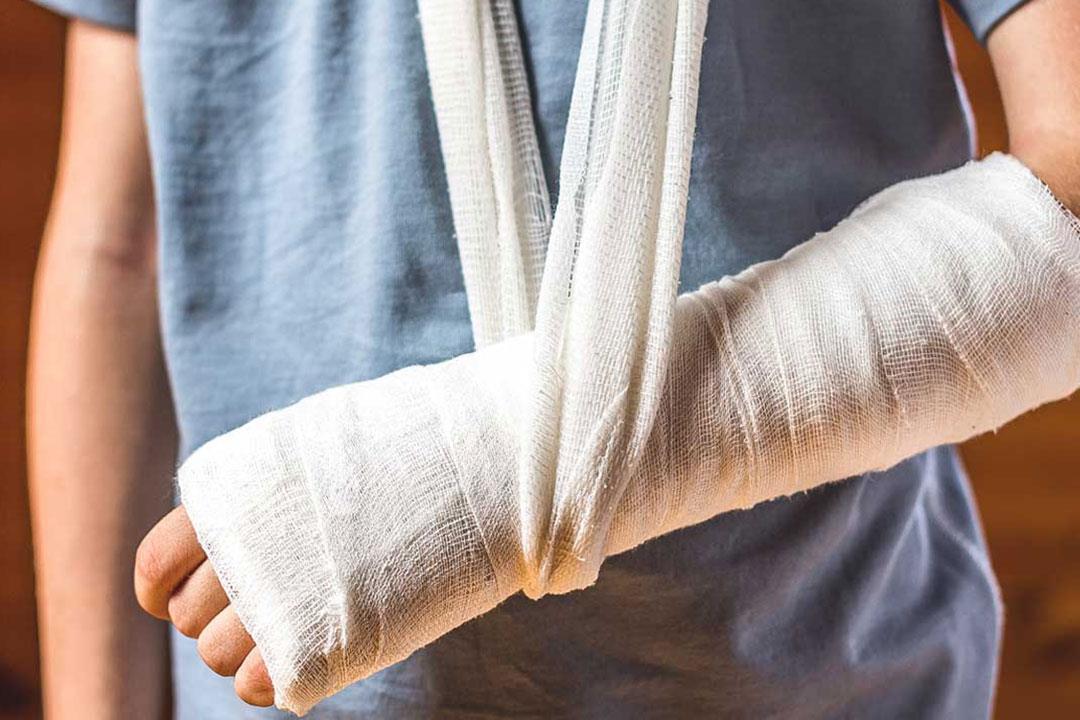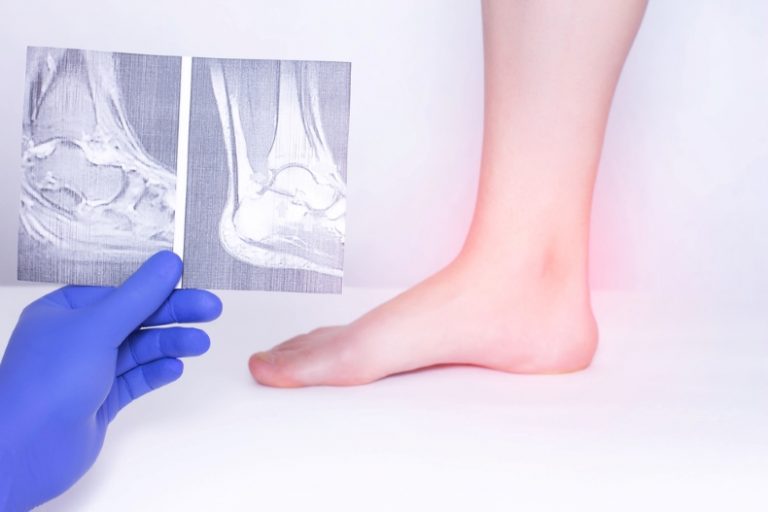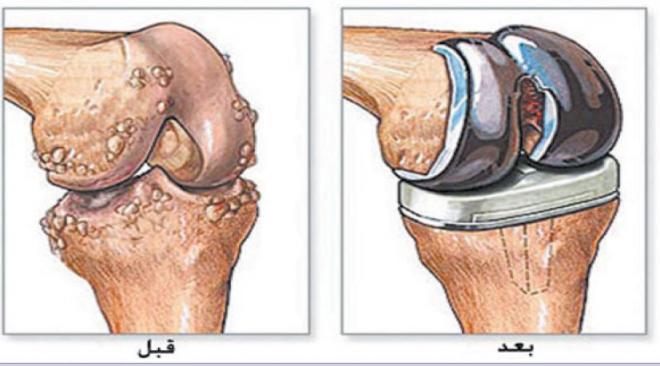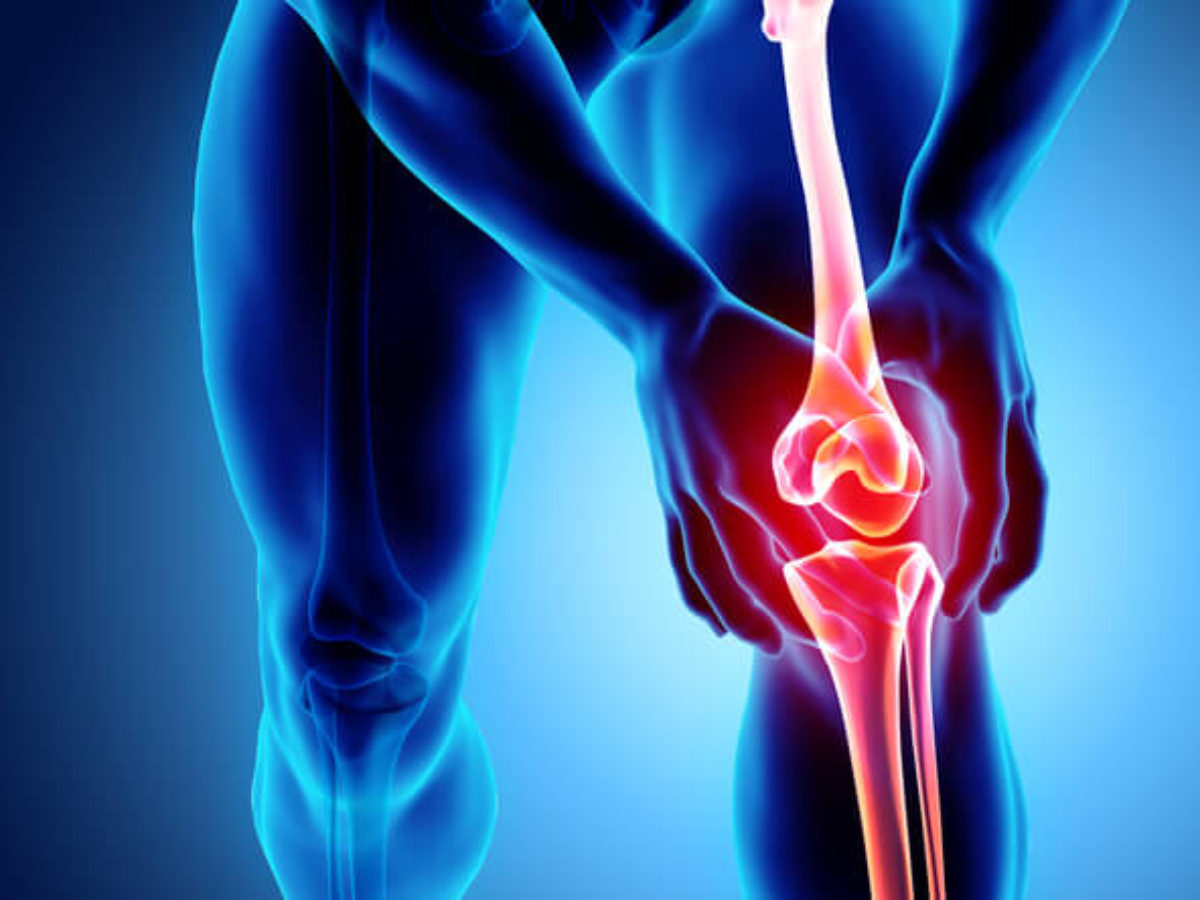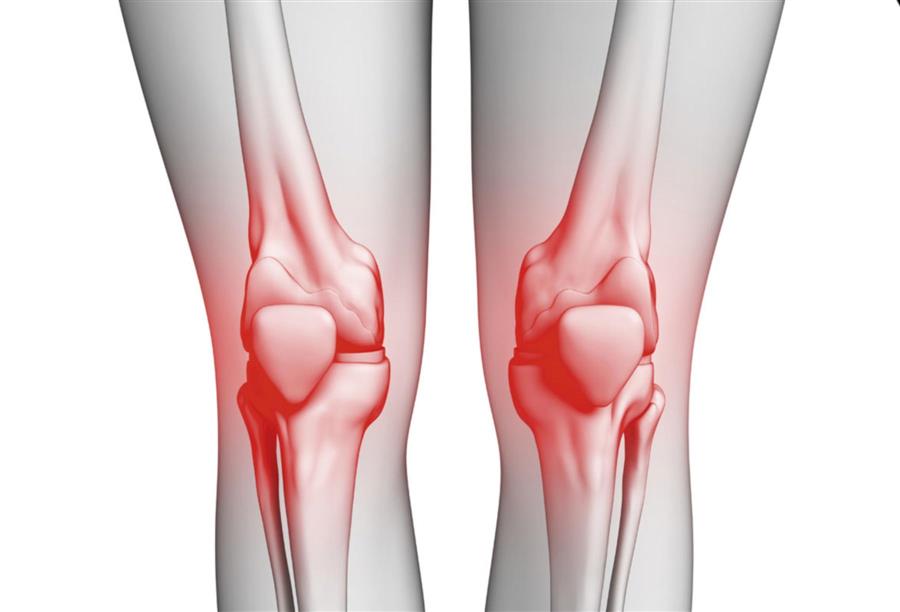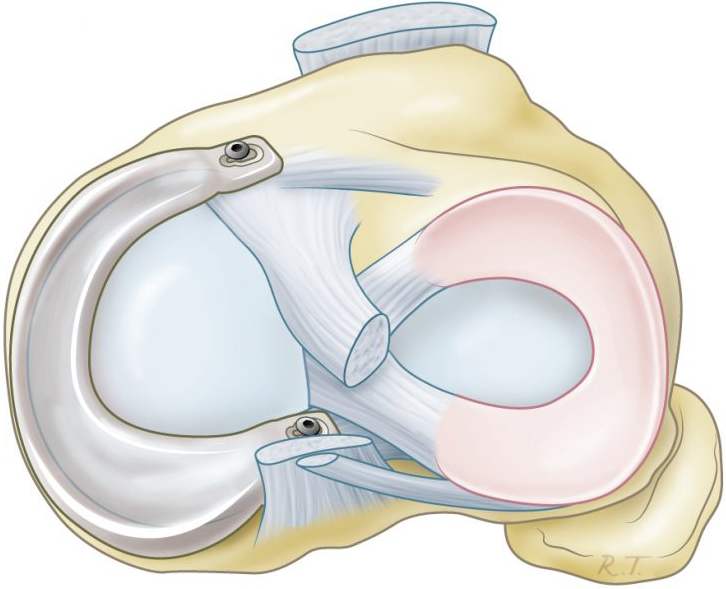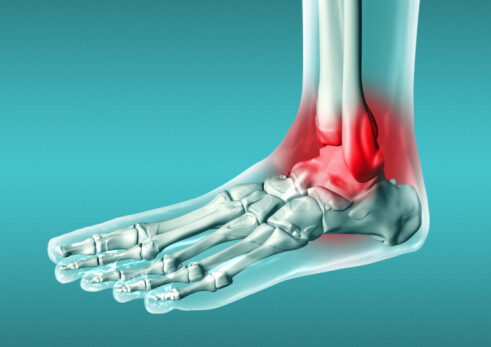?Get to know the foot and ankle bone doctor and what are the injuries that occur with them
Foot and ankle bone doctor, is the subject of the following article, where we will get to know one of the foot and ankle bone specialists who is considered one of the most famous doctors in the Arab world, especially in the Arab Republic of Egypt, where he has extensive experience in this field, where he trained and worked for long periods in Germany and several other European countries, in addition to working in many hospitals in the United States of America and we will get to know in the article the specialization of the foot and ankle and the services provided by Dr. Amr in the field of foot and ankle surgery, in addition to patient evaluations of him so follow us.
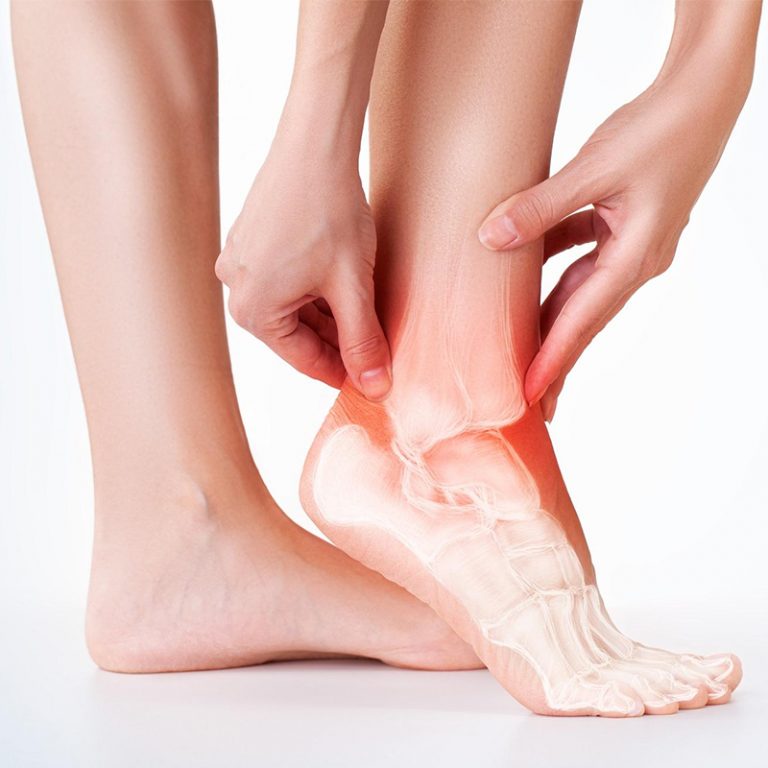
Foot and ankle bone doctor
The foot and ankle bone specialization is one of the important and vital medical specialties in the field of medicine. This specialization has developed to include diagnosis, treatment and surgery of foot and ankle diseases, and aims to achieve comfort and health of the locomotor system in this sensitive area of the human body. These specializations belong to the science of bones, where foot and ankle osteopaths deal with diseases and injuries that affect bones, joints and soft tissues in this area. Thanks to advanced diagnostic techniques and innovative treatments, bone doctors in these specialties can accurately determine the causes of pain, cramps and abnormal movement in the foot and ankle, and treat them effectively and innovatively.
The role of specialized foot and ankle osteopaths is not limited to diagnosis and treatment only, but also includes surgery when needed. When pain and cramps are persistent and accompanied by deterioration in the patient’s health condition, doctors may decide to perform surgery to correct the problem and return the foot and ankle to their natural state. The extensive experience and training of foot and ankle bone specialists is crucial to the quality of treatment and the success of surgeries. The more experience a doctor has in foot surgery, the more skilled he is in diagnosing and effectively and accurately treating foot and ankle diseases.
Specialists in foot and ankle bones have multiple skills and experiences, as they are able to accurately assess the patient’s condition and use advanced imaging techniques and necessary tests to determine the correct diagnosis, and then determine the optimal treatment for the condition based on their deep knowledge of the latest developments in bone surgery. Therefore, foot and ankle bone specialists are the qualified people to provide specialized and innovative medical care for foot and ankle diseases and injuries, and are the best option for patients suffering from problems in this area of the body.
Discover distinguished treatment for foot and ankle bone problems with Dr. Amr Aml.
Foot and ankle injuries
Your complex foot and ankle are the basic foundation for your movement and bearing your body weight. Foot and ankle injuries are common and varied, and may result from poor postures or acute injuries. These injuries include bone fractures, ligament sprains, ligament tears, joint diseases and inflammations. When exposed to an injury in the foot or ankle, orthopedic specialists with long experience in this field should be consulted. They can assess your condition and accurately diagnose the injury. If the injury results from a serious accident, the priority is to check for other serious injuries such as open wounds, nerve damage, and blood loss.
After diagnosis, the doctor may recommend some home remedies to help relieve pain and speed healing. Rest may be prescribed, as complete rest for the foot and ankle may be necessary for some acute injuries. A flexible bandage or ankle wrap may also be prescribed to reduce pressure and strengthen support. One important way to accelerate the healing process is to elevate the foot. This method can be used to reduce swelling in the foot and help the ankle heal faster. You can also benefit from regularly applying ice to the affected area to reduce swelling and relieve pain.
Repairing torn ligaments may require additional treatment. In some severe cases, surgery may be required to repair torn ligaments or install a cast to stabilize the broken bone. Treatment and rehabilitation should continue after surgery to ensure the normal shape and function of the foot and ankle are restored. In addition to important medical care, some preventive measures can also be taken to avoid foot and ankle injuries. These measures include using proper footwear, avoiding walking on uneven surfaces, exercising properly, and being wary of violent falls or acute injuries.
Dr. Amr Aml provides an effective and distinctive solution for foot and ankle bone problems.
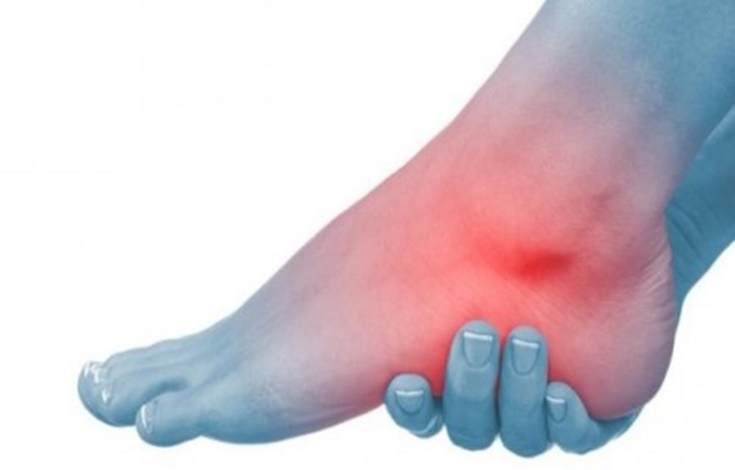
Causes of foot and ankle bones
People may suffer from foot and ankle bone pain due to various different causes. These causes range from acute injuries to chronic medical conditions. In this article, we will review some common causes of foot and ankle bone pain.
1. Acute injuries: Ankle pain may occur due to acute injuries in the area, such as bone fractures or ankle sprains. Ankle fracture may occur due to falling or direct impact on the foot. The ankle consists of three bones connected to each other, and any injury affecting any of these bones can cause pain and swelling in the area.
2. Sprains and ligament tears: Ankle sprain is a common condition that occurs when ligaments around the ankle are stretched or torn. Sprains may occur due to improper foot movement or slipping or tripping and causes pain and swelling in the area, which affects a person’s ability to walk normally.
3. Tendon and ligament inflammation: Tendon and ligament inflammation can also cause ankle pain. One common condition is tendinitis, which causes inflammation of the tendon associated with the calf muscles. Inflammation of tendons and ligaments may occur due to constant stress on the area or tearing caused by excessive movements.
4. Chronic medical conditions: Some chronic medical conditions can also lead to pain in the foot and ankle bones. For example, gout is a condition that causes uric acid buildup in the body, and can cause inflammation and pain in the joints including the ankle. In addition, the natural wear and tear of cartilage, bone or soft tissue in the foot and ankle can also cause pain.
5. Other issues: There may also be other issues that cause pain in the foot and ankle bones. For example, blocked blood vessels in the leg can cause congestion and pain in the area. Some neurological conditions, such as carpal tunnel syndrome and plantar fasciitis, can also lead to ankle pain.
Do not suffer anymore, consult Dr. Amr Aml to take care of your bones.
When should you consult a foot and ankle injury specialist?
When pain or injury occurs in the foot or ankle, it can be difficult to determine when to consult a foot and ankle injury specialist. However, there are some situations that warrant seeking specialized medical care urgently. In this article, we’ll look at when you should consult a foot and ankle injury specialist.
- Acute injuries: If you have suffered an injury to the foot or ankle due to an accident or fall, it is important to consult a foot and ankle injury specialist immediately. You may need to undergo tests and scans such as x-rays to diagnose the injury and determine appropriate treatment.
- Chronic pain: If you are suffering from chronic pain in the foot or ankle without an obvious cause, you should also consult a foot and ankle injury specialist. This pain may include tendon inflammation or arthritis which may require specific treatment for relief.
- Foot or ankle deformities: If you are suffering from deformities in the foot or ankle such as bony deformities, or recurrent ankle sprains, it is advisable to consult a foot and ankle injury specialist. Treatment in these cases may require surgery or modifications to the health regimen.
- Difficulty walking: If you are having difficulty walking or have abnormal balance, you may be suffering from a problem in the foot or ankle. In this case, you should consult a foot and ankle injury specialist to evaluate your condition and determine the cause of this problem.
- Non-healing fractures: If you have suffered fractures in the foot or ankle and are experiencing non-union of the fractures, you should consult a foot and ankle injury specialist. Treatment in this case may require surgery or the use of fixation devices to facilitate fracture healing.
In summary, a foot and ankle injury specialist should be consulted in cases of acute or chronic injuries, foot or ankle deformities, difficulty walking, and non-healing fractures. You should not delay seeking medical advice for an accurate diagnosis and effective treatment of your problem.
At our dental clinic we are proud of Dr. Amr Aml’s expertise in treating foot and ankle bone problems.
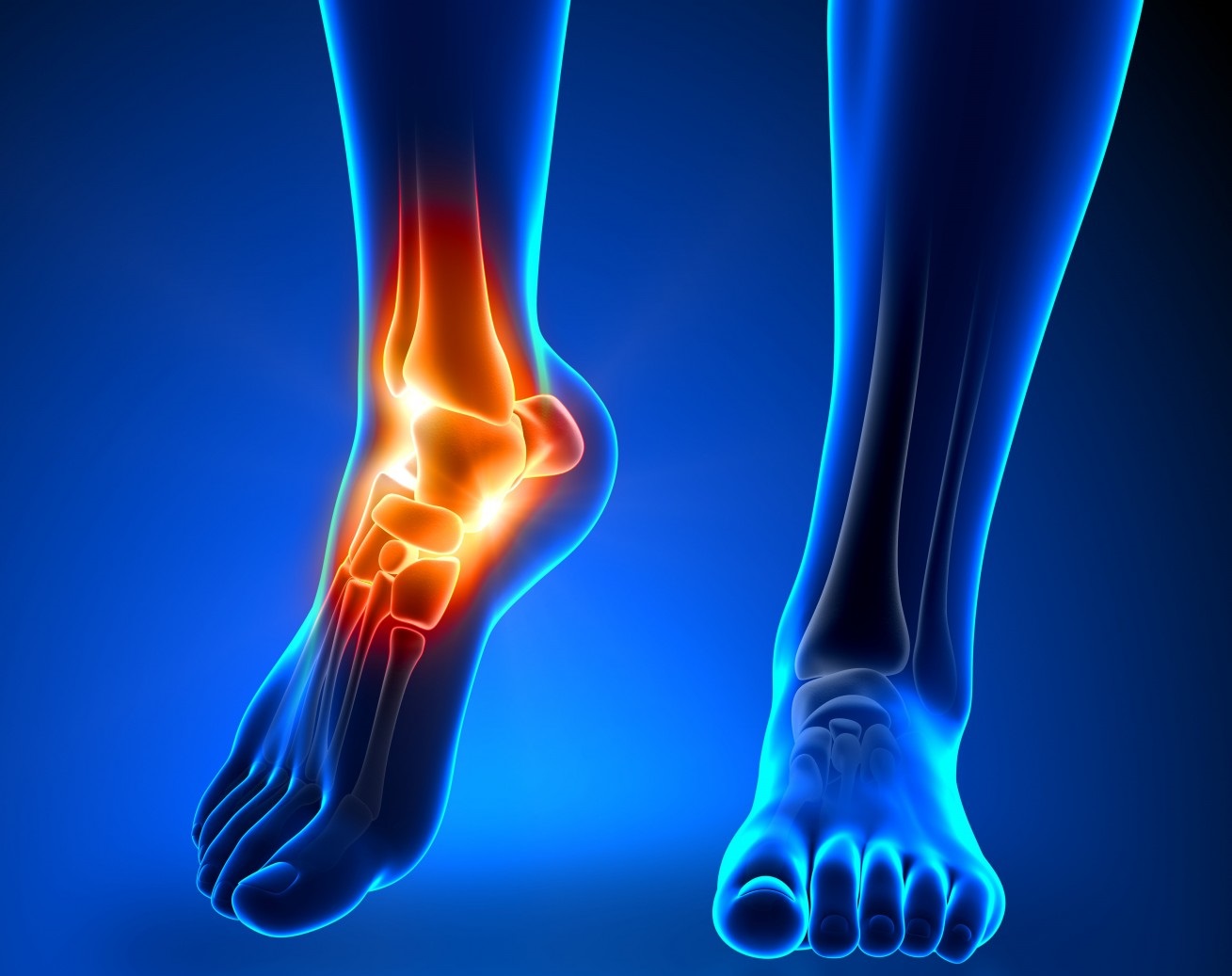
Procedures and treatments provided by foot and ankle injury specialists
Foot and ankle injuries are one of the most common injuries that people experience on a daily basis, whether they play sports or in their daily lives. Fortunately, there are many procedures and treatments provided by foot and ankle injury specialists to help relieve pain and promote injury healing. In this article, we will review some of these procedures and treatments in precise medical terms.
- Accurate diagnosis: Making an accurate diagnosis is the first step for a foot and ankle injury specialist. The diagnosis is based on a comprehensive assessment of the patient’s history, accompanying symptoms, appropriate clinical and imaging examinations. An accurate diagnosis helps determine the type of injury and the most appropriate treatment.
- Physical therapy: Physical therapy is an important part of the recovery experience from foot and ankle injuries. Physical therapy experts provide tailored rehabilitation programs that target strengthening muscles around the foot and ankle, improving balance, reducing pain and swelling. Physical therapy methods can include stretching exercises, strength training, ligament massage, and water therapy.
- Medication: In some cases, specialists may prescribe medications to relieve pain and swelling and speed up healing. Prescribed medications may include non-steroidal anti-inflammatory pain relievers, non-steroidal anti-inflammatory drugs, and topical creams to relieve pain.
- Surgery: Surgery may be necessary in cases of severe or complicated injuries that do not respond to other treatments. Surgeons perform operations to repair damaged tissues and fix broken bones.
- Casts and braces: Casts and braces are used to immobilize the ankle and provide stability in cases of severe fractures or sprains. Medical instructions must be followed precisely when using a cast or brace and adequate rest must be obtained.
- Ultrasound and shock wave therapy: Specialists sometimes use ultrasound or shock wave therapy as adjuvant tools to promote tissue healing and relieve pain.
Patients should consult a medical specialist in foot and ankle injuries to obtain a professional assessment of their condition and treatment recommendations. Procedures and treatments for foot and ankle injuries may vary depending on the type and severity of the injury. Therefore, it is necessary to take into account each patient’s individual condition and guide them in the optimal way to heal.
Dr. Amr Amal uses the latest in techniques and equipment to ensure successful treatment.
What are the early signs of arthritis?
Do you have persistent joint pain? Are you experiencing swelling around the joint area? You may have arthritis. It can be difficult to identify arthritis in the early stages, but early detection of this disease helps control symptoms and slow disease progression. Early symptoms are an important indicator for early diagnosis. Here are some signs that may indicate arthritis in the early stages:
1. Persistent pain: Recurring joint pain in the early stages is one of the simplest and most common symptoms of arthritis. If you have regular, persistent pain in one or more joints, you may have arthritis.
2. Swelling in the area: Swelling around the affected joint area is a common early sign to suspect arthritis. When you feel swelling in a joint, it may mean inflammation in the joint.
3. Stiffness: Patients may feel stiffness in affected joints in the early stages of arthritis. This stiffness can make it difficult to move the joint and affect its flexibility.
4. Decreased range of motion: In the early stages of arthritis, you may experience a sharp decrease in your range of motion in affected joints. It may be difficult to move joints normally and flexibly.
5. Redness on the skin around the joint: There may be some redness in the skin surrounding affected joints in the early stages of arthritis. This redness is usually mild and may be accompanied by a feeling of warmth.
6. Other signs and symptoms: Additional symptoms that may indicate arthritis include pain, swelling, heat, and numbness, which can occur in one or more joints. These symptoms may appear symmetrically on corresponding sides of the body, for example in both hands.
Note that as the disease progresses, symptoms may worsen and become more pronounced. Therefore, early detection of minor symptoms and initiation of appropriate treatment can reduce potential complications and help slow disease progression. So if you have any of these symptoms, it is advisable to see a specialist and undergo necessary tests to diagnose the condition and obtain appropriate treatment. The doctor can determine the type of arthritis you have and prescribe appropriate treatment based on symptoms and clinical diagnosis.
Learn about the latest techniques and procedures to treat foot and ankle bone problems from Dr. Amr Amal.
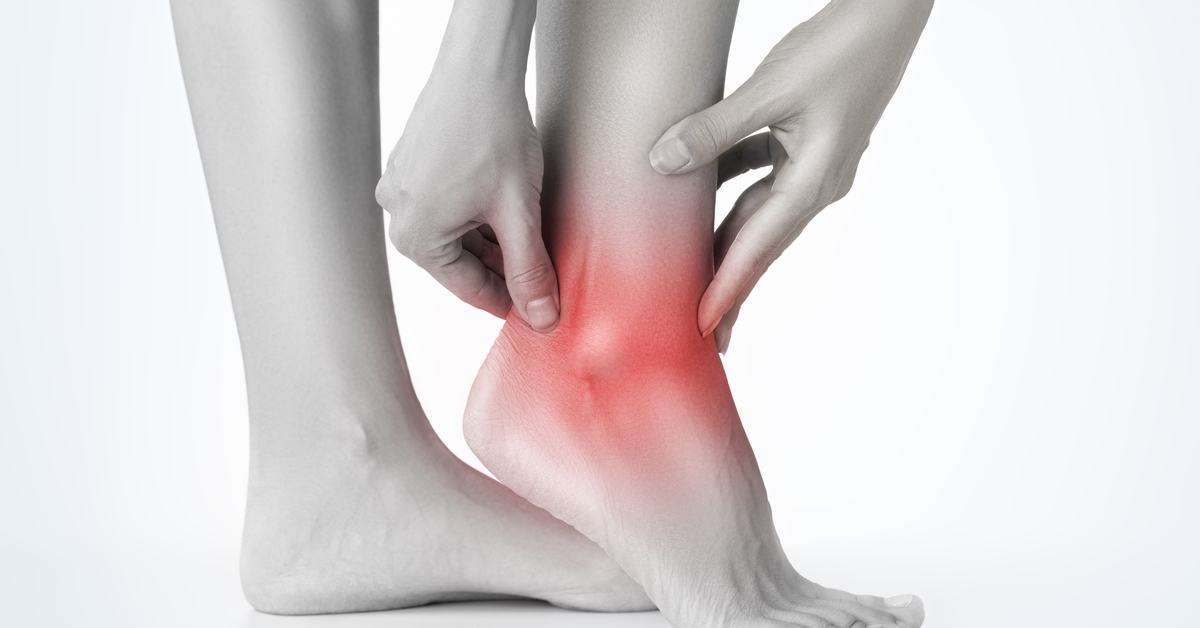
Uncommon complications of ankle fractures
Ankle fractures can be a rare accident, but may cause complications in some cases. Complications can include arthritis and circulatory disorders. It is essential to seek medical assistance immediately if you notice any numbness or circulatory problems. Ankle fracture is characterized by pain and swelling, and the person is usually unable to bear weight on the affected limb. Ankle fracture must be diagnosed using radiography, where the fracture type and affected bone are identified. Treatment for ankle fracture depends on the fracture type and severity. A doctor should also be consulted to determine the appropriate treatment, which may include:
- Fracture reduction: Splinting is used to immobilize the fracture and direct broken bone fragments to heal.
- Surgery: In some severe cases, the person may need surgery to repair the fracture and fix broken bones.
After cast removal, some people may experience pain and numbness in the lower ankle. A doctor should be consulted if these symptoms persist for a long time or increase in severity.
As for ankle fracture malunion, this can occur when broken bones in the ankle joint do not heal properly. This can happen after severe ankle bending or injury. To deal with uncommon ankle fracture complications, treatment may include:
- Medication: Pain relieving medications can be prescribed to relieve pain and swelling.
- Physical therapy: Physical therapy can be used to strengthen muscles around the ankle and improve movement.
While uncommon ankle fracture complications are rare, factors like age and a person’s medical condition can increase the risk. For example, smokers or those with low bone density may be at greater risk. Uncommon ankle fracture complications can be concerning, so it is very important to follow your treating physician’s instructions to ensure successful fracture healing and avoid potential complications in the future.
Free consultations with Dr. Amr Amal to discuss appropriate treatment options for you.
What happens if tendonitis is not treated?
Tendon inflammations are common conditions that can affect many people. If not treated properly, they can cause serious long-term complications. In this article, we will explore some potential complications that may arise if tendon inflammation is not treated effectively.
- Tendon tear: Tendon tears can occur if inflammation is not properly and promptly treated. This type of injury is serious and may require surgery to repair the tendons and restore function of the affected muscles.
- Tendinosis: Tendon inflammation causes changes in tendon structure and function. Abnormal blood vessel growth can also occur in the affected area. This type of complication is painful and affects movement of muscles with tendon inflammation.
- Joint stiffness: Resting inflamed joints is important for proper healing and avoiding complications. However, if joints are not moved correctly and regularly, stiffness may occur permanently affecting joint movement.
- Chronic inflammation: If tendon inflammation is not treated properly and left unattended, it may lead to chronic inflammation long-term. Some studies show NSAIDs and physiotherapy can help control chronic inflammation and associated pain.
- Risk of recurrent injury: If tendon inflammations are not properly treated and followed up, the risk of recurrent injury increases. Tendons with chronic inflammation are weak and more prone to re-injury. Proper treatment is important to prevent recurrent injuries in the future.
It is important to properly and promptly treat tendon inflammation to avoid these serious complications. Treatment may involve rest, therapeutic exercises, medications to reduce pain, and in some cases, surgery. Consulting a specialist is recommended for diagnosis and appropriate treatment.
Dr. Amr Amal works hard to provide excellent treatment and amazing results in treating foot and ankle bone problems.

Preventing Ankle Fractures
Ankle fractures are a common injury that can occur from twisting the ankle or even a minor fall. Therefore, it is important to take precautions to prevent this painful injury. In this article, we will outline some medical tips on protecting against ankle fractures.
Wear appropriate shoes: Choosing shoes that provide adequate support for the ankle and foot is advised. Low heel, flexible soled shoes are best as they reduce the chance of ankle rolls and protect the ankle from injury.
Exercise: Strengthening the muscles surrounding the ankle is an effective way to strengthen the ankle and improve balance. Even simple exercises like heel raises or proprioceptive exercises can make a big difference in reducing the chance of an ankle fracture.
Avoid high-risk conditions: The presence of potential tripping hazards like slippery floors or unseen obstacles can increase the chance of stumbling and falling. It’s important to avoid these conditions and remain alert and cautious when walking in areas with potential risks.
Use personal protective equipment: When engaging in sports or activities requiring heavy ankle use, protective gear such as braces and ankle supports should be worn to reduce bone stress and provide extra support.
Maintain bone and overall health: Keeping bones and the overall musculoskeletal system healthy helps prevent ankle fractures. Preventative measures like consuming calcium and vitamin D rich foods, and regularly exercising can effectively promote bone health and strength.
Based on the precautions outlined above, individuals can reduce their chance of sustaining an ankle fracture. While prevention cannot be 100% guaranteed, living a healthy lifestyle and applying sound precautions can protect the ankle and minimize injury risks.
Choose The Dental Center for dental care to treat foot and ankle bone problems with Dr. Amr Amal.
Orthopedic Doctor Specializing in Foot and Ankle
Dr. Amr Amal is considered one of the best doctors in orthopedic surgery, especially specializing in foot and ankle. Dr. Amr is distinguished by his extensive experience in this field, as he has long experience in treating many injuries and conditions related to the foot and ankle. He also obtained the European Board certification in foot and ankle surgery, reflecting his dedication and high academic achievement.
Dr. Amr Amal is characterized by an advanced methodology and meticulous process in diagnosing and treating foot and ankle conditions. He always aims to improve patients’ lives, alleviate their pain, and restore their movement through safe and effective methods. Dr. Amr Amal is one of the foremost doctors who rely on modern techniques and advanced tools in orthopedic surgery.
Thanks to his extensive experience, Dr. Amr Amal has gained the trust of many patients and healthcare professionals. He is considered by some to be one of the best experts in treating sports injuries in Cairo. Dr. Amr Amal currently works as a consultant orthopedic surgeon at Ain Shams University, where he is also a faculty member. Additionally, Dr. Amr Amal is a fellow at Aachen University in Germany, demonstrating his dedication to pursuing modern medical developments and continuous learning.
Al Shifa Specialized Hospital provides orthopedic surgery services with a clear vision of providing high quality healthcare. Dr. Amr Amal is considered one of the best surgeons at the hospital, providing his services as the top orthopedic surgeon. Additionally, Dr. Amr also works as an orthopedic consultant at Al Salam International Hospital. With his skills and extensive experience in orthopedics, especially specializing in foot and ankle, Dr. Amr provides the highest levels of care to patients, contributing to their healing and return to a pain-free, normal movement life.



